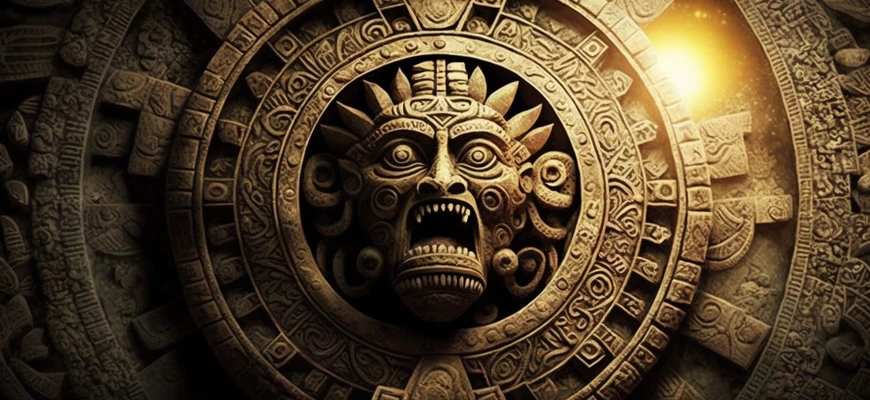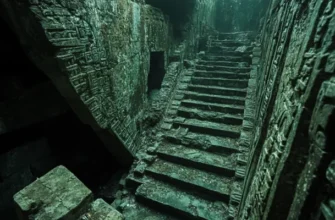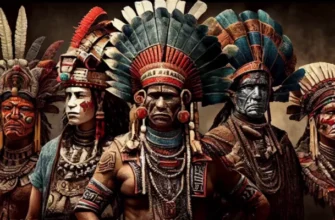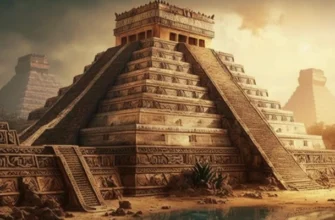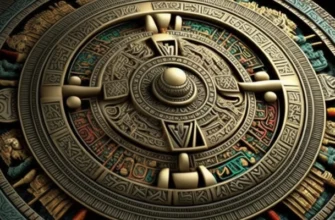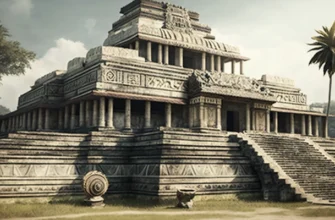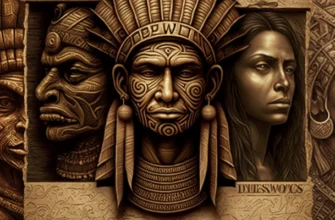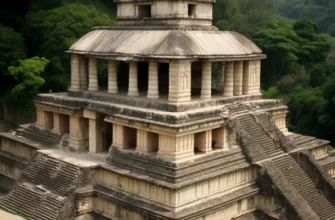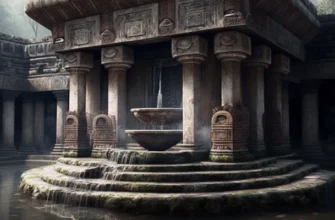The Maya were a people who lived in parts of Mexico, Belize, Guatemala, Honduras, and El Salvador from about 2000 BC until the beginning of European colonization of the Americas. The Maya became known for their culture, which included religion, art, astronomy, mathematics, and architecture.
The Maya were known for their writing, which consisted of hieroglyphics that represented different sounds and ideas. They also developed a calendar that was more complex than the European calendar used at the time. The Maya also built huge pyramids and other buildings, including sophisticated water and sewage systems.
The Maya were economic and political entities consisting of a number of city-states. Each city-state had its own system of government and culture, but they were all connected by a common language, religion, and trade ties.
Despite their importance in world history, the Maya disappeared before the arrival of Europeans. This is partly due to climate change and environmental problems, as well as conflicts and wars between different city-states. Today, the effects of the Mayan culture can be seen in the remains of their architectural monuments, religious rituals, and art.
Prophecies about the end of the world
There are many myths and legends that the Mayans predicted the end of the world in 2012. However, this is not true.
In reality, the Maya created a calendar that consisted of three cycles, or “time counters”. One of these cycles, which was about 5125.36 years long, ended on December 21, 2012. This is the date that has come to be known in Western culture as the day the world ended.
However, the Maya did not predict the end of the world on this date. On the contrary, they viewed this date as a transitional moment when the old world ends and the new begins. The Maya had a tradition of marking the end of cycles as a time of purification and preparation for a new stage of life. Thus, the end of this cycle was seen as a time for understanding, cognition, and change, not the end of the world.
Thus, the doomsday prophecies associated with the Mayan calendar are a myth that is not true.
Other mysteries of Mayan prophecies
There are many theories and speculations about the mysteries of the Mayan prophecies. One of the most well-known theories is that the Mayans predicted the coming of a “Golden Age” when humanity would experience a period of harmony and peace. This prophecy is linked to the Mayan calendar and its cycles, as well as to the changes that occur in our solar cycle.
Another mystery of the Mayan prophecies is related to the energy and forces that affect our solar and galactic environment. Some researchers believe that the Maya were very aware of the cosmic forces that affect our planet and predicted the onset of severe solar storms, earthquakes, and other natural disasters.
Also, some researchers believe that the Mayans predicted the onset of a new era of consciousness and spiritual development of humanity, when we will be able to connect with space and higher levels of consciousness.
However, it is important to understand that many of these theories and speculations have no scientific support and are based on personal interpretations and guesswork. Therefore, while Mayan prophecies can be interesting to study, they should not be considered as accurate predictions of the future.
What were the implications of prophecy for the Maya?
Prophecy played an important role in Mayan life. They believed that knowledge of the future could help them avoid disasters and improve their lives. Prophecy influenced various aspects of Mayan life, including politics, religion, and culture.
Prophecies about the end of the world, which are related to the Mayan calendar, had a significant impact on their culture. They became a topic of discussion and debate among the Maya and caused changes in their religion and culture. The Maya became more focused on spiritual life and religious practices to prepare for the end of the world and the transition to a new era.
Prophecies also influenced Mayan politics. They could be used as a tool to govern the people and establish control over them. For example, Mayan rulers could use prophecy to divert the attention of the people from the failure of their rule and to distract the people from the problems in the country.
In some cases, prophecy could lead to social and economic consequences for the Maya. For example, if the prophecies predicted a credible distinction between classes or certain events that could lead to disaster, this could lead to armed conflicts and economic instability.
In general, prophecy had a significant impact on Mayan life, it was an important part of their culture and religion, and was used to rule the people and establish control.
Conclusions
There are different opinions about what exactly the Maya meant by their cryptic prophecies, but most researchers have concluded that there were no direct prophecies about the end of the world in 2012 or any other time.
Instead, many of these prophecies were related to cosmic events, such as solar eclipses and other astronomical phenomena, and were intended to predict these events and their consequences. The Maya may also have believed that certain events in space have an impact on earthly life, and they may be related to climate change, natural disasters, and other events.
So, while the enigmatic Mayan prophecies remain a subject of debate and research, they probably did not predict the end of the world in 2012. They may be useful for our understanding of cosmic events and their impact on earthly life, but they should not be considered as direct predictions of the future.
